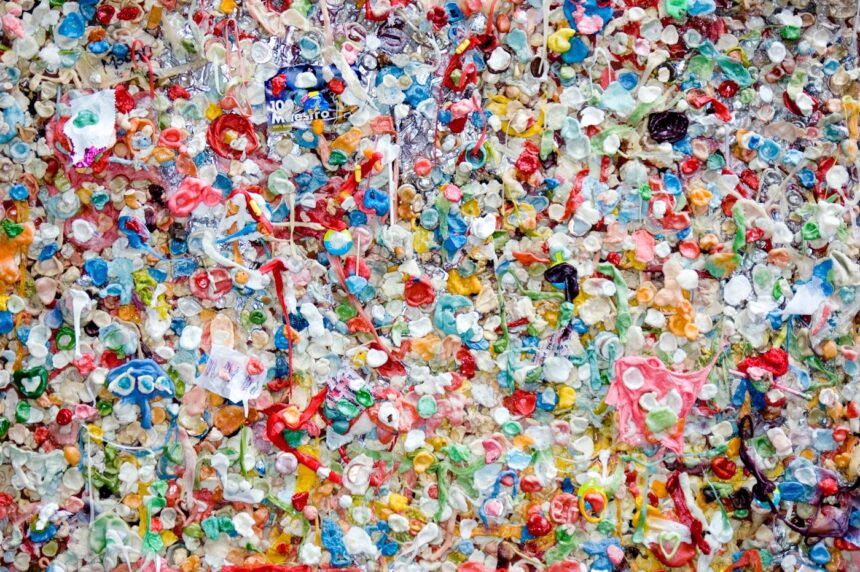Benefits of Recycled Materials in Pavement Construction
Recycling is becoming an integral part of modern infrastructure projects, particularly in road construction. Utilising recycled materials in pavements not only addresses the pressing issue of waste management but also provides a sustainable alternative to conventional materials. This blog delves into the use of seven recycled materials in pavement construction, exploring their engineering performance, health and safety considerations, environmental impacts, and economic benefits.
1. Recycled Crushed Glass
Engineering Risk and Performance: Recycled crushed glass (RCG) is increasingly used in road construction due to its comparable performance to natural aggregates. It provides adequate load-bearing capacity and durability when mixed with other materials. However, the variability in glass composition can affect its performance, requiring stringent quality control measures.
Health, Safety, and Environmental Risks: The primary concern with RCG is the potential for contamination and the risk of harmful glass dust. Proper handling and processing techniques are essential to mitigate these risks. Overall, using RCG helps to reduce landfill waste while conserving natural resources.
Economics: RCG is often cheaper than virgin materials, especially when local recycling facilities are available. The economic viability improves further when considering the reduced landfill costs and the potential for reuse in subsequent projects.
2. Industrial Slag
Engineering Risk and Performance: Industrial slag, a by-product of steel and iron manufacturing, is known for its high strength and durability. It performs well in both base and sub-base layers of pavements, providing excellent load distribution and stability.
Health, Safety, and Environmental Risks: The main health concern with slag is the potential presence of heavy metals. Appropriate processing and testing can mitigate these risks. Environmentally speaking, using slag reduces the need for natural aggregates and diverts waste from landfills.
Economics: The cost of slag can be lower than traditional materials, particularly when sourced from nearby steel plants. The economic advantages are further enhanced by its durability and low maintenance requirements.
3. Recycled Tyres
Engineering Risk and Performance: Recycled tyres, often processed into crumb rubber, are used to modify asphalt, enhancing its elasticity and resistance to wear. This material significantly improves the pavement’s lifespan and performance under varying temperatures.
Health, Safety, and Environmental Risks: Potential risks include the release of harmful compounds during processing and the leaching of contaminants. Implementing strict processing controls and environmental safeguards is crucial. Using recycled tyres also helps reduce landfill waste and environmental pollution from tyre disposal.
Economics: While the initial cost of rubberised asphalt can be higher, the extended lifespan and reduced maintenance needs offer significant long-term savings. Additionally, it supports the recycling industry and creates a market for waste tyres.
4. Coal Combustion Products (CCPs)
Engineering Risk and Performance: CCPs, such as fly ash and bottom ash, are by-products of coal power plants. They enhance the strength and durability of pavement materials, especially when used as a cement substitute in concrete.
Health, Safety, and Environmental Risks: The use of CCPs raises concerns about the potential leaching of toxic elements. Thorough testing and adherence to safety guidelines are necessary. From an environmental standpoint, CCPs help reduce landfill disposal and decrease greenhouse gas emissions from cement production.
Economics: CCPs are generally cost-effective and provide economic benefits by enhancing the performance of pavements, thus reducing maintenance costs and extending service life.
5. Recycled Crushed Concrete and Masonry
Engineering Risk and Performance: Recycled concrete and masonry materials perform well as aggregates in pavement construction. They offer sufficient strength and stability for use in base and subbase layers.
Health, Safety, and Environmental Risks: The main concerns include the presence of contaminants and the potential for dust during processing. Proper processing and quality control can mitigate these risks. Recycling concrete and masonry conserves natural resources and reduces landfill waste.
Economics: Using recycled concrete and masonry is often more economical than sourcing new materials. It reduces disposal costs and supports sustainable construction practices.







